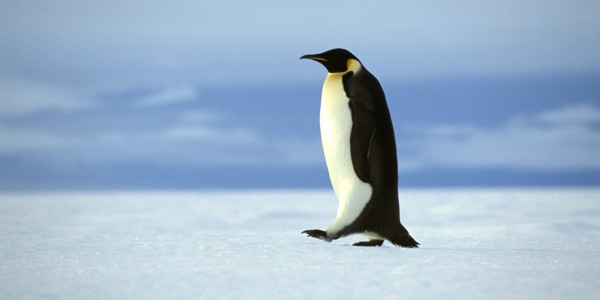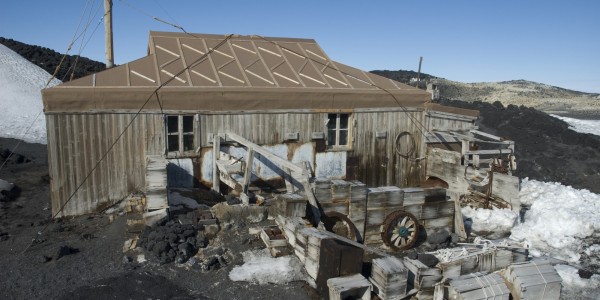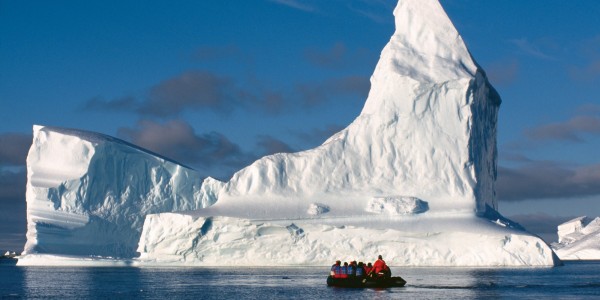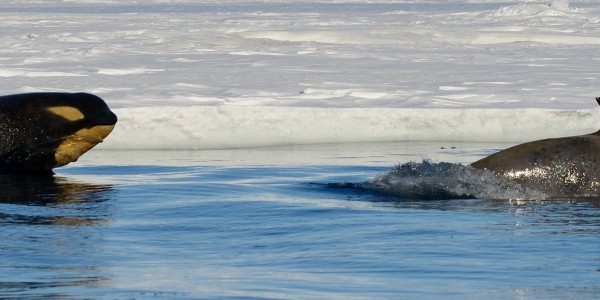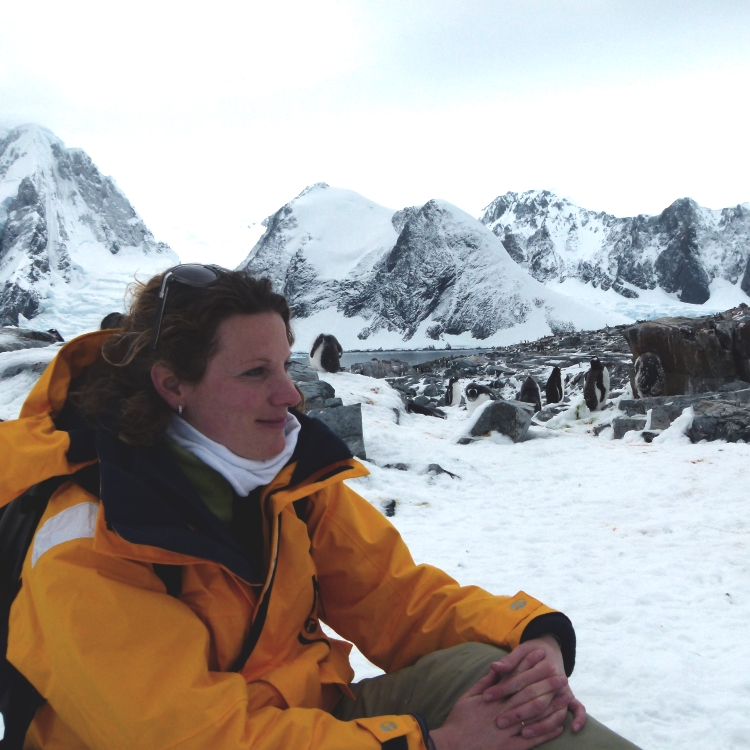The Ross Sea and East Antarctica are the most remote and challenging regions of the White Continent to reach. The scale of its famous ice sheet is enormous and you can expect an awe-inspiring remoteness formed by a dramatic landscape with emperor penguin colonies and some of the most iconic huts of early explorers such as Scott, Shackleton, Mertz and Mawson.
Ross Sea
Why visit Ross Sea ?
- Land on top of the magnificent Ross Ice Shelf via helicopter
- See up to 250,000 nesting pairs of Adelie penguins at Cape Adare
- Visit the small museum in one of the original buildings at Scott Base
- Witness the mysterious and otherworldly ventifacts in the Dry Valleys
- Enjoy scenic helicopter explorations and spot emperor penguins
The Ross Sea is named after the great British explorer James Clark Ross, who pushed through pack ice in February 1842 and became the first person to reach the largest body of floating ice in the world, now known as the Ross Ice Shelf or simple referred to as ‘The Barrier’. This region is accurately called the ‘Gateway to the South Pole’ and boasts some of Antarctica’s richest historic heritage. Most stirring of all are the wooden huts left behind by the early explorers Scott and Shackleton on Ross Island, guarded by Mount Erebus, Mount Terror and Mount Byrd and including all the spots that played such an important role in the British expeditions of the last century.
This fascinating area offers breathtaking scenery and sailing through the ice is a very lively experience, with sightings of individual emperor penguins, groups of seals on ice floes and also orcas and Minke whales often accompanied by different species of fulmarine petrels. The Ross Sea is a relatively inaccessible part of Antarctica and the itinerary of your expedition cruise depends on ice conditions. You can expect to make explorations by zodiac as well as landings by helicopter to gain access to some of the more remote places in this fascinating area. Highlights will be your helicopter landing in Taylor Valley, one of the Dry Valleys that shows unusual natural wind-sculptures called ventifacts, the largest Adelie penguin colony in the world and a possible close encounter with emporer penguins that can reach up to 130 cm.
Given the remoteness of the region there are very few expeditions navigating the Ross Sea, either from Ushuaia via the Antarctic Peninsula and the Bellingshausen and Amundsen Sea to the Ross Ice Shelf and onwards to New Zealand via South Georgia’s rival Macquarie Island or vice versa.
LOCATION
ANTARCTICA KEY INFO
Visa
No Visa is required for UK passport holders.
Health Requirements
No mandatory vaccinations are required.
Time Difference
GMT -3 Hours
Flight Time
17 Hours Indirect
NEWSLETTER SIGNUP
Keep up-to-date with the latest travel trends, inspiration for future trips and competitions to win luxury travel vouchers.
Subscribe









